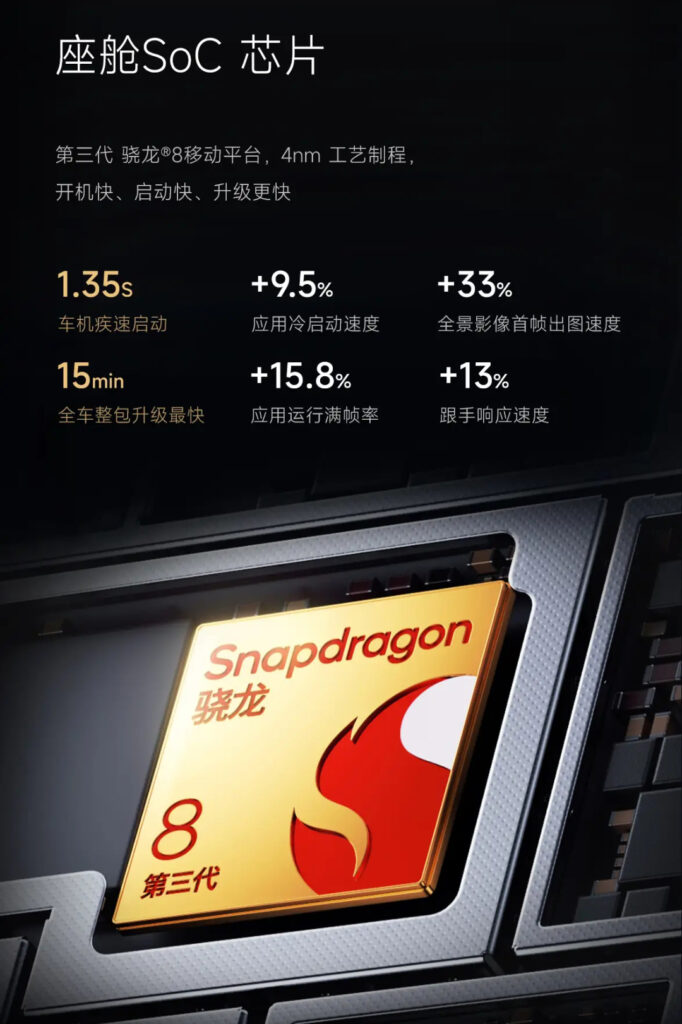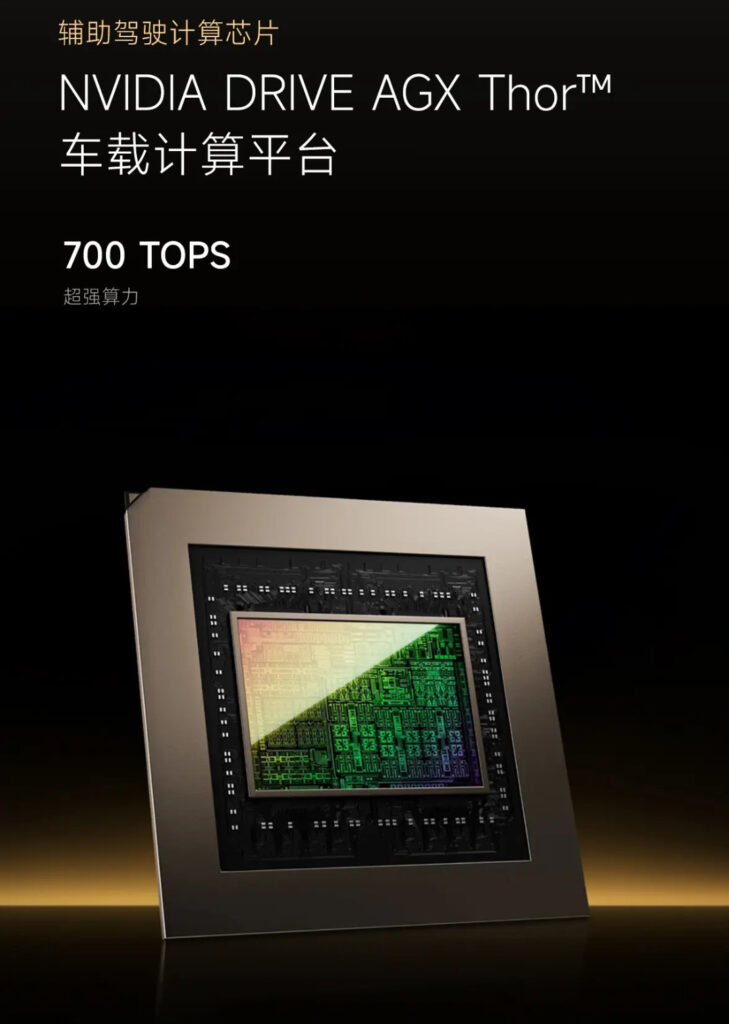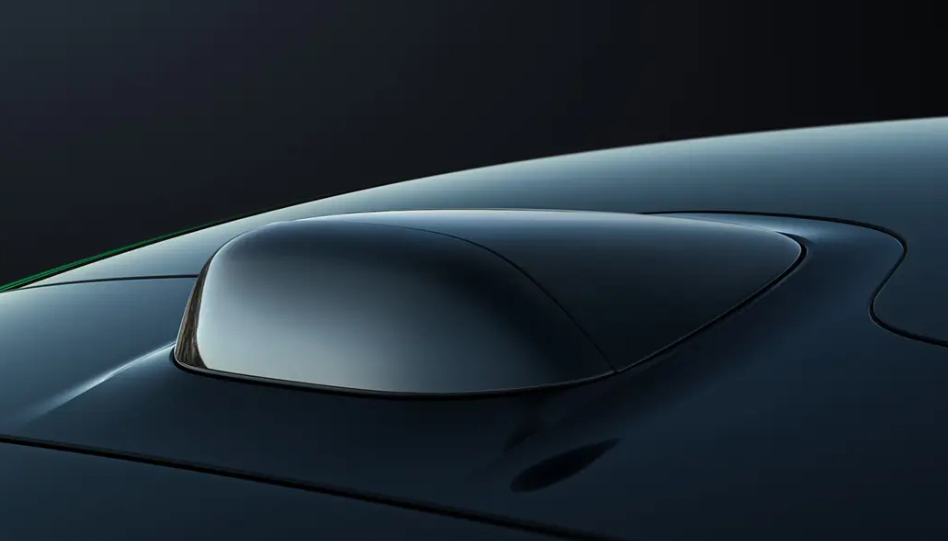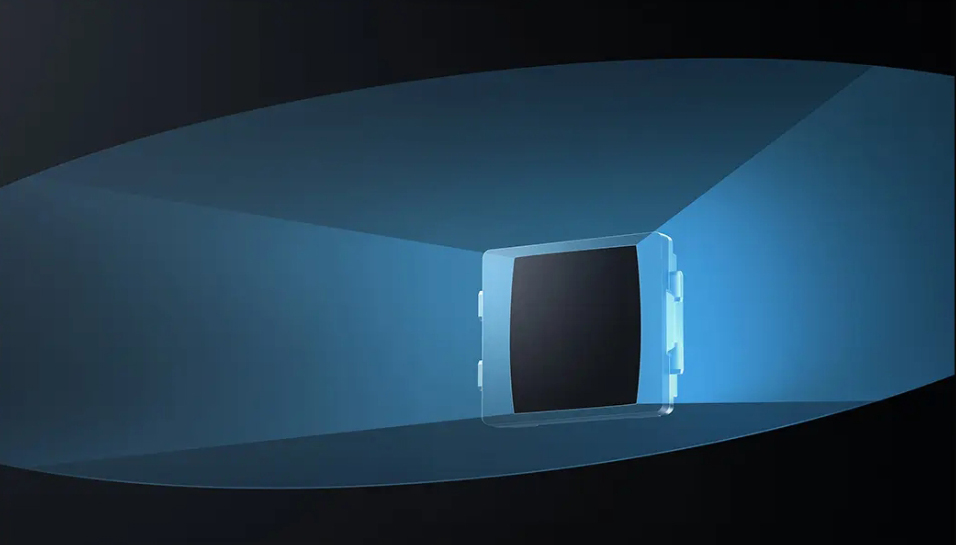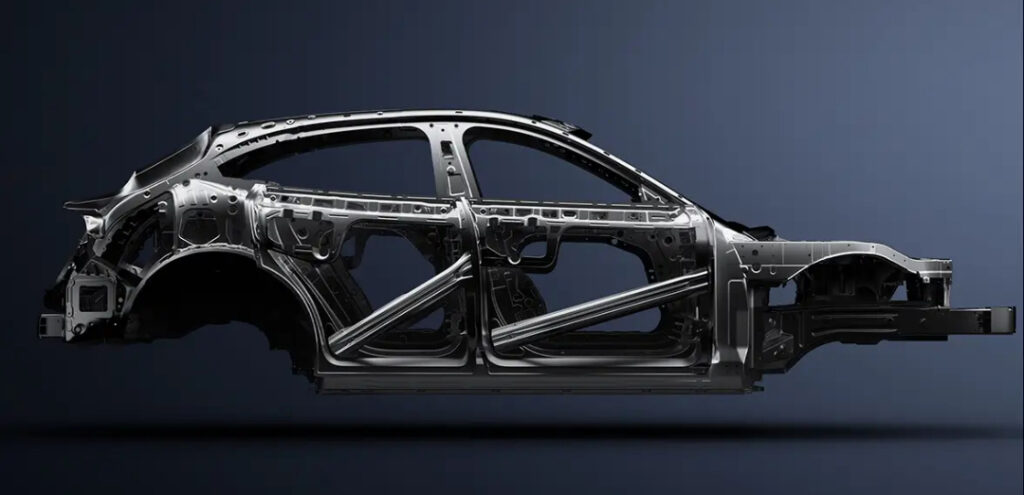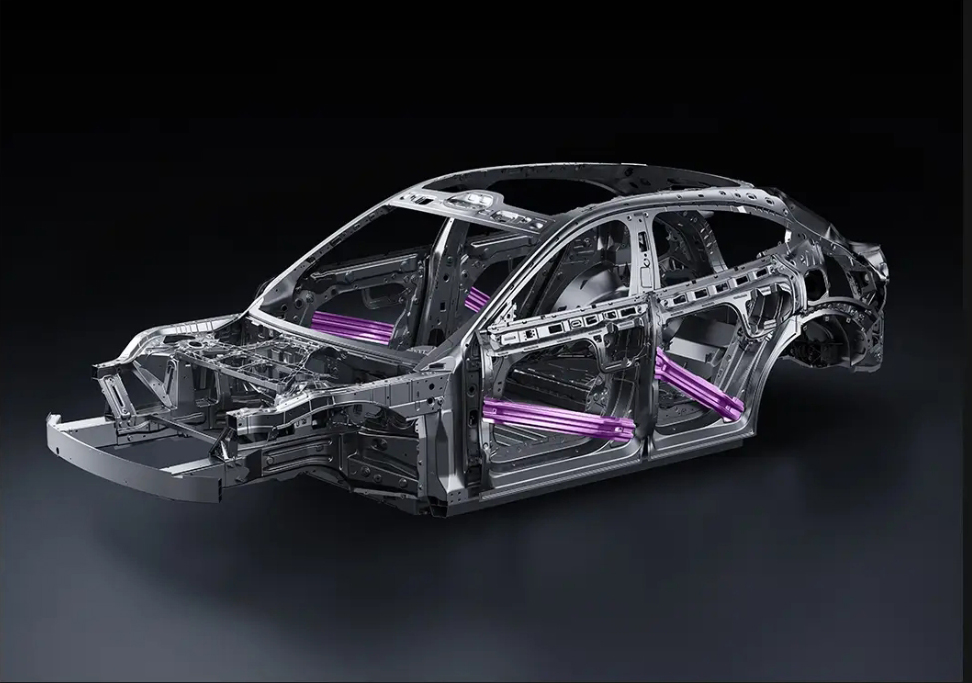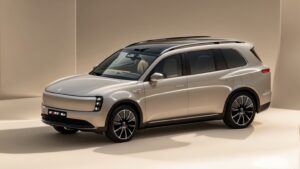Highly anticipated second model looks set to continue Xiaomi success story as brand looks to put challenging period behind it.
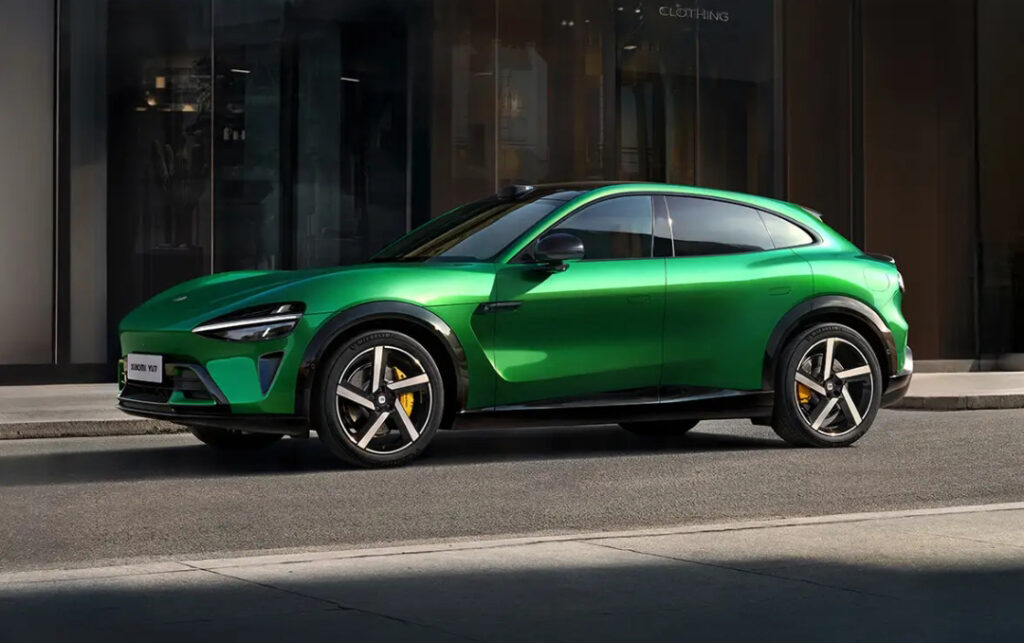
Xiaomi has officially unveiled its second model, the YU7, an electric SUV reminiscent of the Ferrari Purosangue that aims to build upon the runaway success of the brand’s first model, the SU7.
Unveiled on the brand’s 15th birthday, the YU7 features a low-slung, curvaceous profile with similar headlights to the SU7, a heavily scalloped body, and a stubby rear with Xiaomi’s now iconic looped taillights.
Set to debut in July, at which time pricing will be announced, the YU7 follows in the footsteps of the SU7 saloon that has amassed deliveries of 258,000 units in just 12 months and a backlog of orders stretching into 2026.
Given the immediate success of the SU7, it would be a brave man who bets against the YU7 equalling, if not bettering that success, with SUVs tending to outsell their saloon counterparts at a ratio of 3:1 in China.

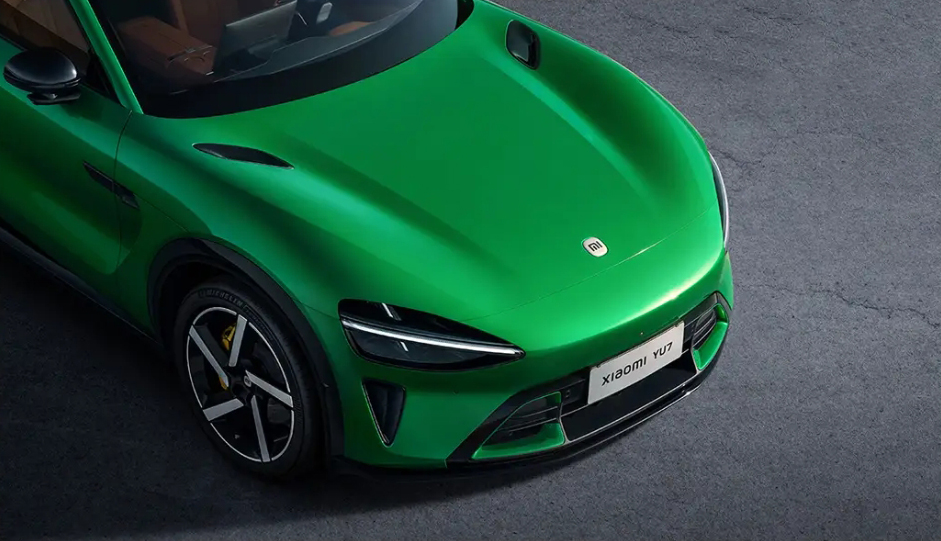
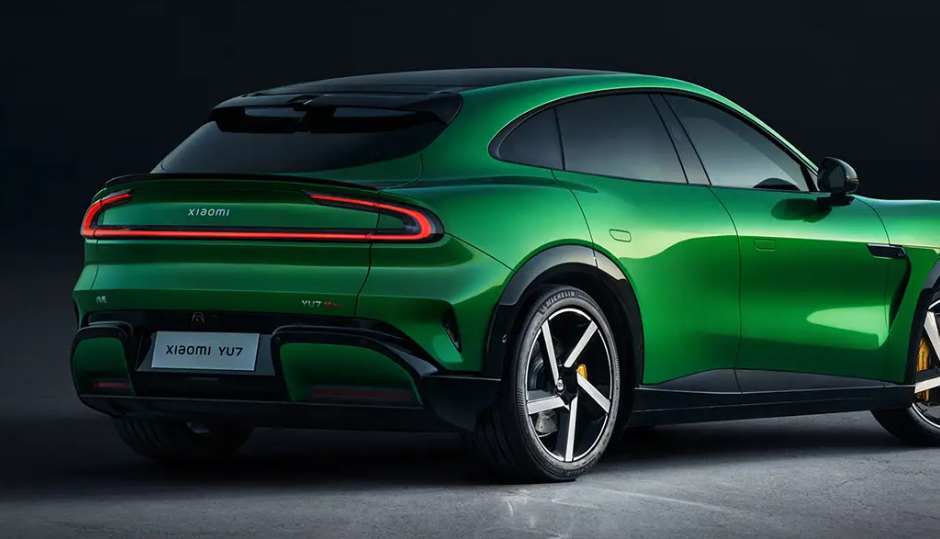
Built on Xiaomi’s Modena platform, the YU7 is a five-seater SUV that comes in at 4,999mm long, 1,996mm wide, 1,608mm tall, and with a wheelbase of exactly three metres.
Depending on the drivetrain, it tips the scales at between 2.14-tonnes and 2.46 tonnes, making it around 150kg heavier than an equivalent Tesla Model Y, but with a larger battery and a more extensive spec list.
As with the SU7, the YU7 will come in a wide variety of bold colours, with three new colours debuting, including a sumptuous emerald green, orange, and a metallic titanium grey.
Alloys of either 19- or 20-inch diameter cloak large Brembo brake calipers in an effort to contain the YU7’s monster sprint time of just 3.23s to 100kph on the Max AWD version, undercutting the Porsche Macan Turbo EV by just under a tenth of a second.
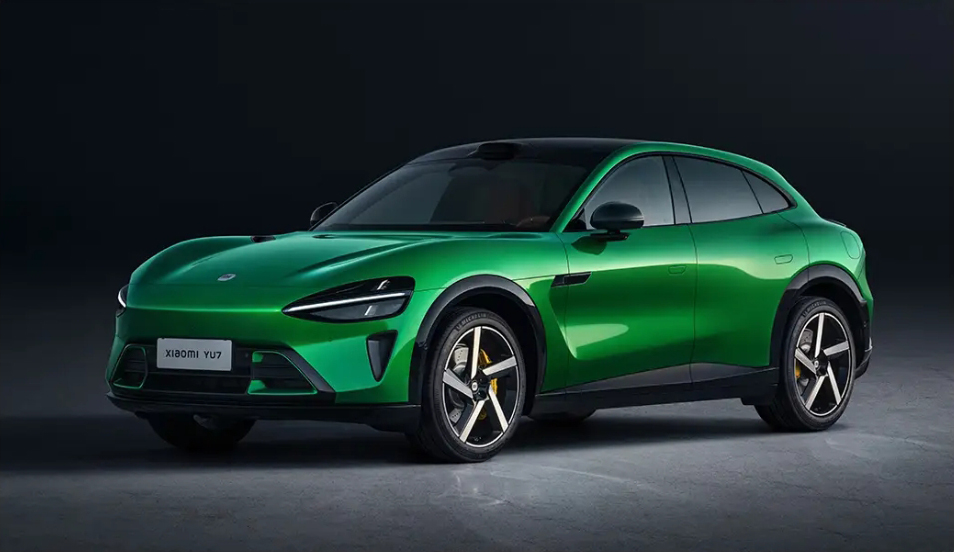
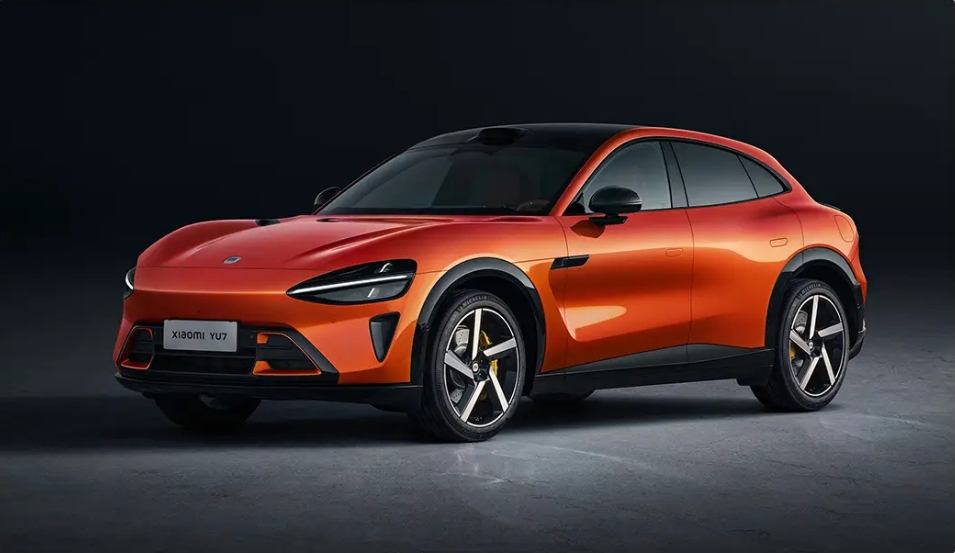
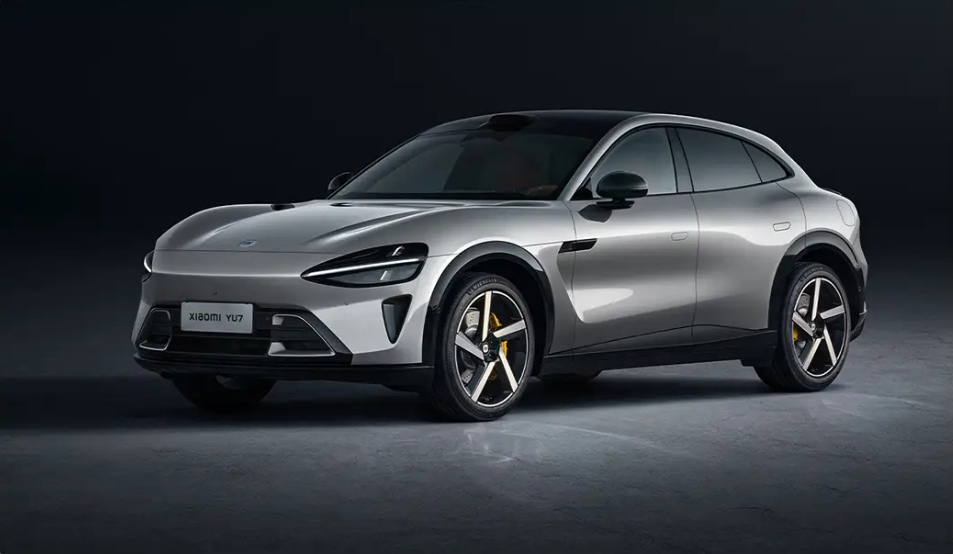
Inside, the YU7 adopts a new interior layout complete with the 1.1-metre wide HyperVision dashboard across the back of the cockpit, a slim letterbox screen composed of three small screens, similar in layout to that deployed on AVATR’s latest models and one that negates the requirement for a head-up display.
In addition, the YU7 should get the same 16.1-inch 3k screen from the SU7 with the clip-on physical switchgear capability, while rear seat passengers get a 6.68-inch touchscreen in the rear for climate and entertainment functionality.
The cabin, which comes in white, orange, and black options, comes fulled decked out in leather and gains zero-gravity front seats wrapped in Nappa leather with heating, ventilation, and 10-point massaging functions as well as base cushion extension, leg rests, and 123-degrees of recline.

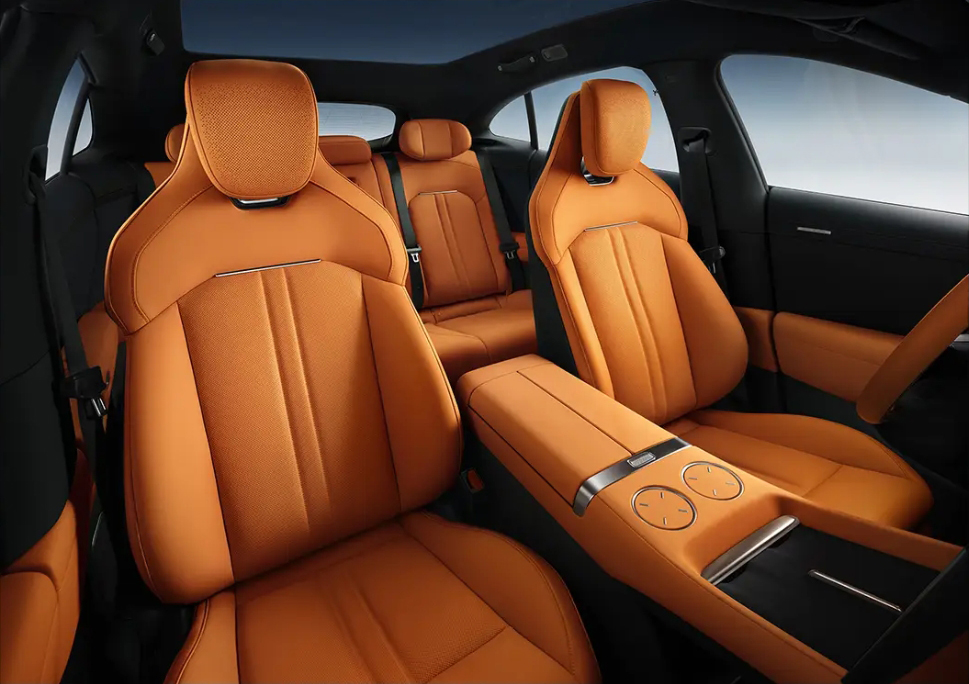
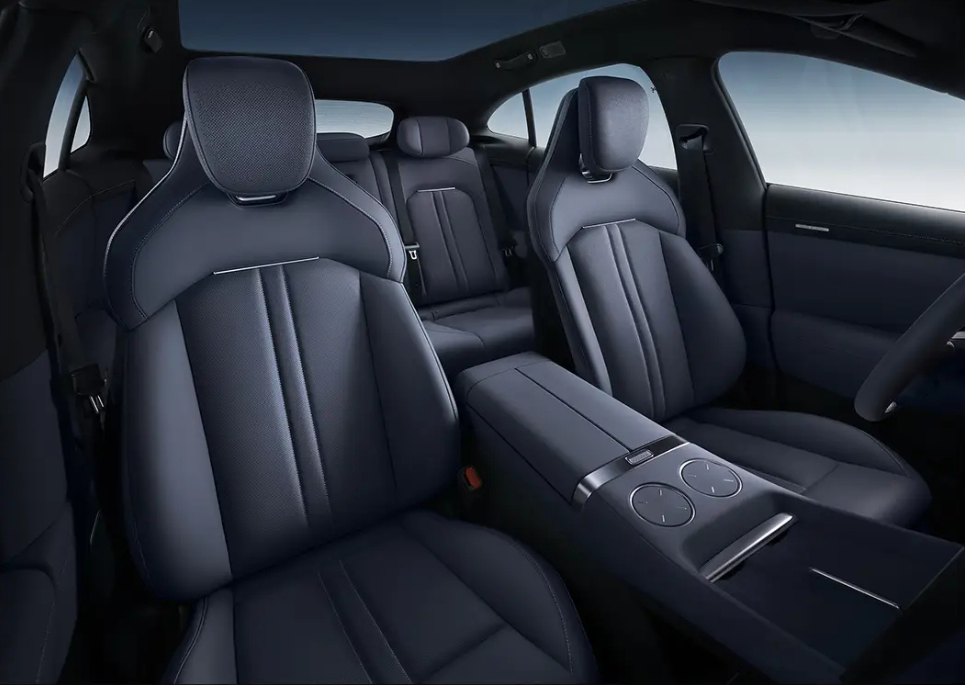
The rear bench also benefits from a maximum recline angle of 135-degrees, while the backrest splits 60:40 for additional practicality, expanding the boot from a whopping 678-litres up to 1,758 with the seats down. An additional 71-litres can be found under the floor, while the YU7 also features a 141-litre frunk.
Images show the dashboard retains the aftermarket accessory connector points on either side of the dashboard for things like phone and camera mounts, as well as twin ventilated wireless chargers, pop-down cupholders, and a twin-hinge central cubby.
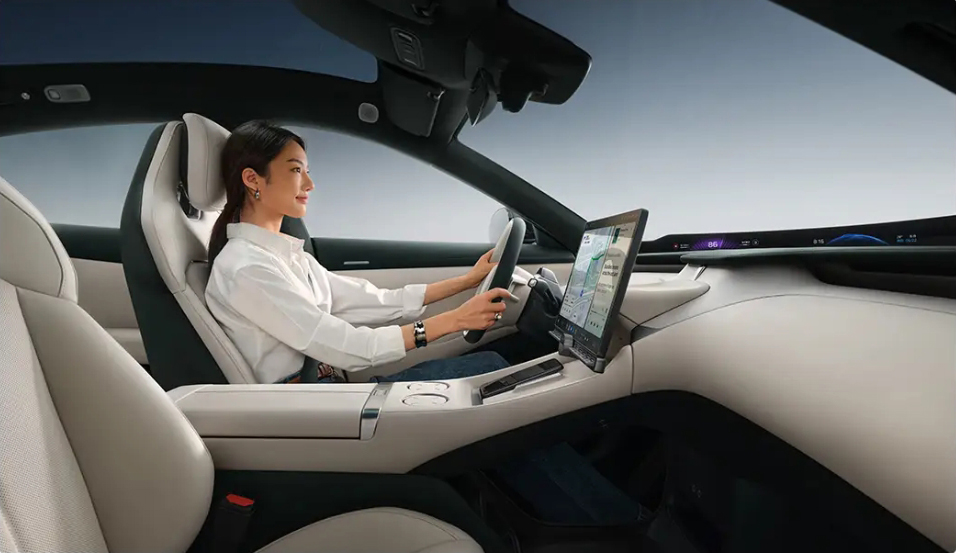
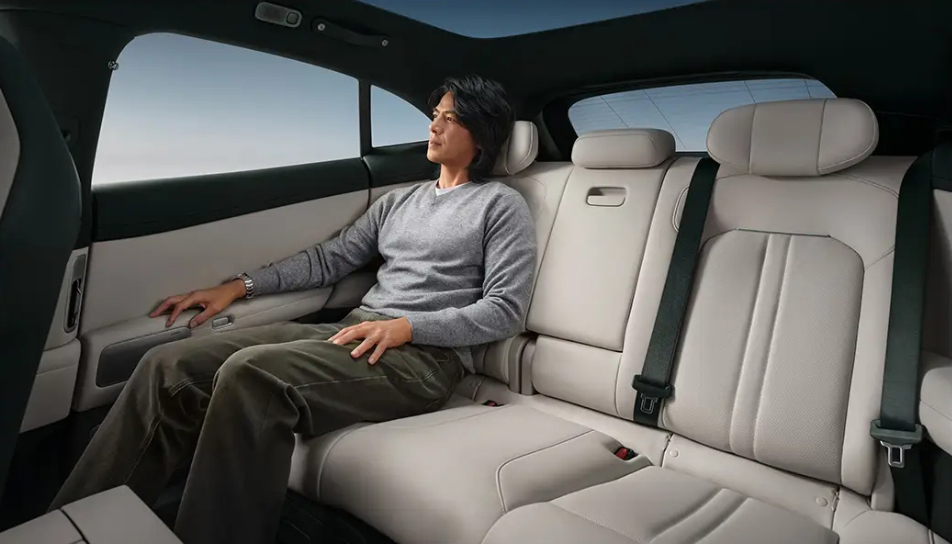
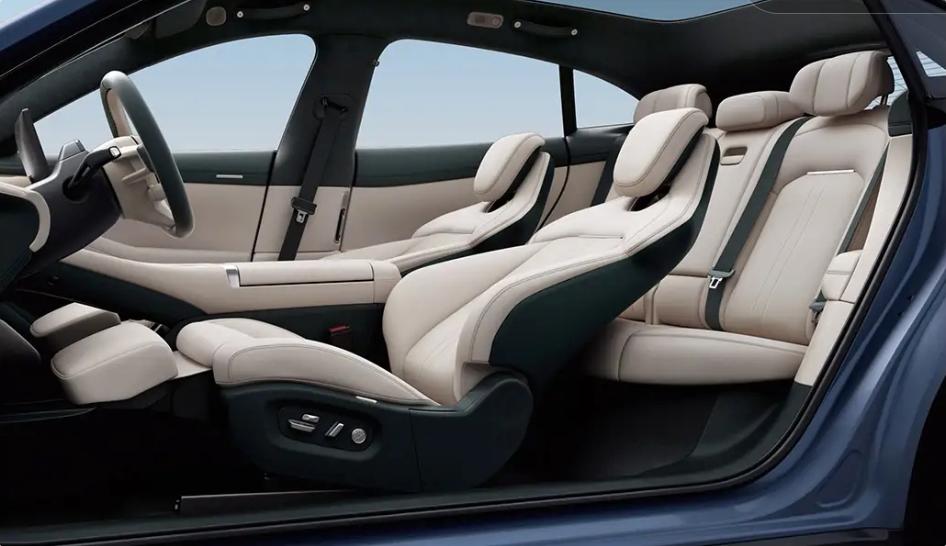
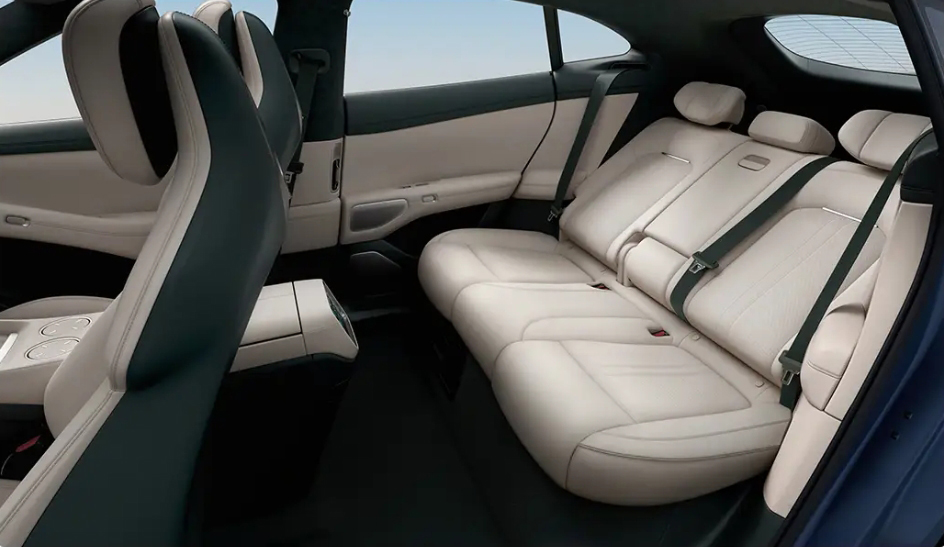
It’s not clear from the images how many speakers the YU7 will get, but in top-end models it should at least equal the 25 Dolby Atmos-supported sound system of the SU7, including speakers in the driver’s headrest for navigation and car functions.
Xiaomi has also announced that the YU7 will gain a 4-in-1 domain controller that combines the cabin, ADAS, vehicle control, and comms functions into one unit, all driven by the Snapdragon 8 Gen 3 chip, enabling a system boot time of just 1.35-seconds and 15-minute OTA updates.
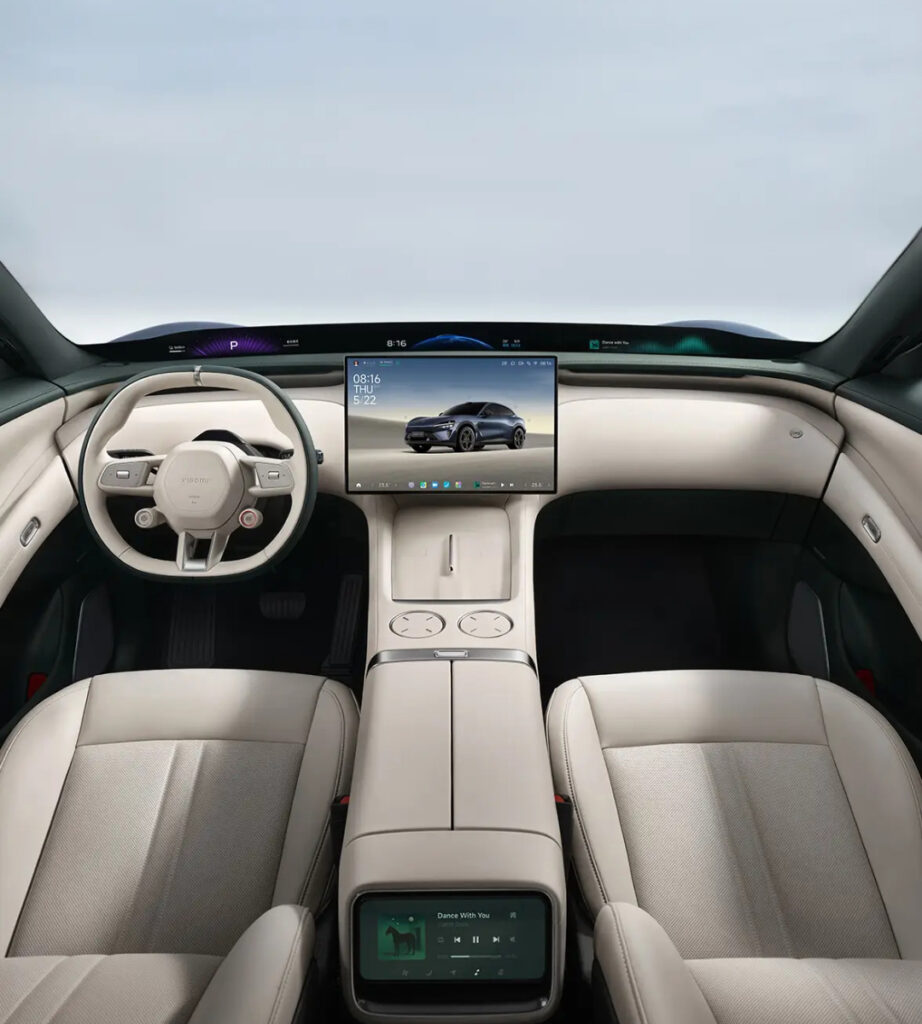
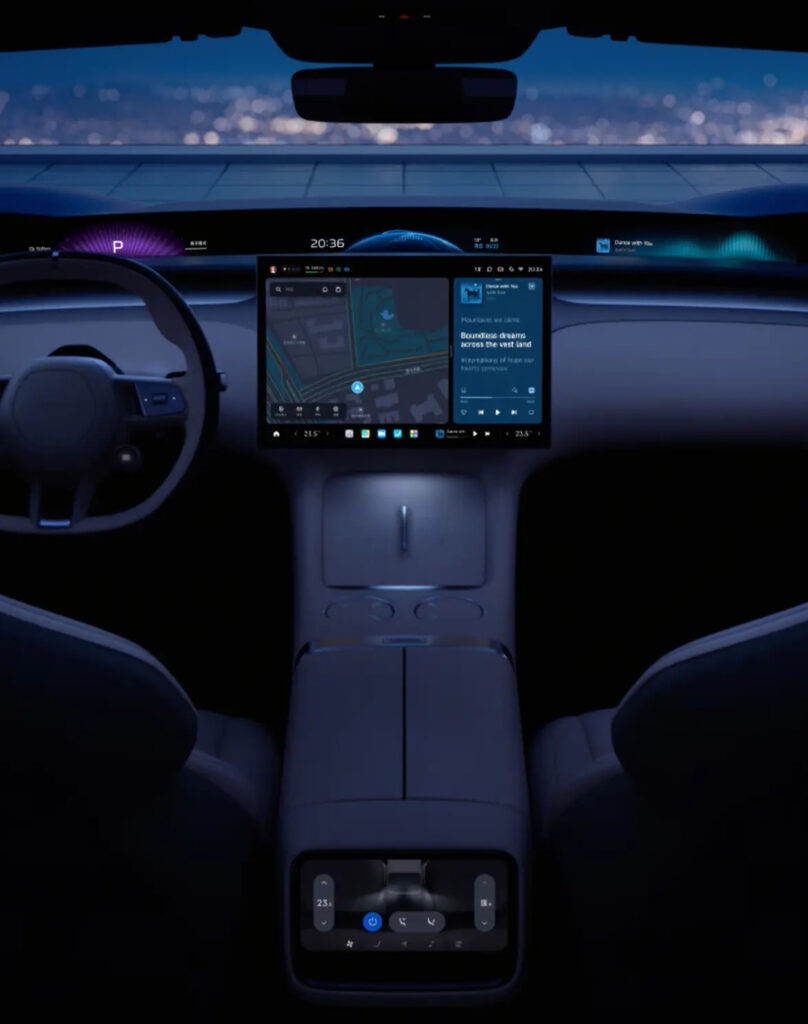
The YU7 will initially come in three variants, with a single-motor RWD version boasting 235kW of power and capable of a 0-100kph sprint of 5.88 seconds and a limited 240kph top speed.
The Pro AWD version adds an additional 130kW motor to the front axle, keeping the same limited top speed but bringing that 0-100 kph sprint time down time 4.27 seconds.
The flagship Max AWD version sports a more powerful set-up containing Xiaomi’s V6s Plus motor, capable of producing 288kW and 528Nm of torque. It’s not clear what motor set up achieves the 508kW total output of the Max system, but top speed is lifted to 253kph.
Dual chamber air suspension should also be a feature, at least on higher-spec models, helping to boost ride quality and offering adjustable ride height for various scenarios.

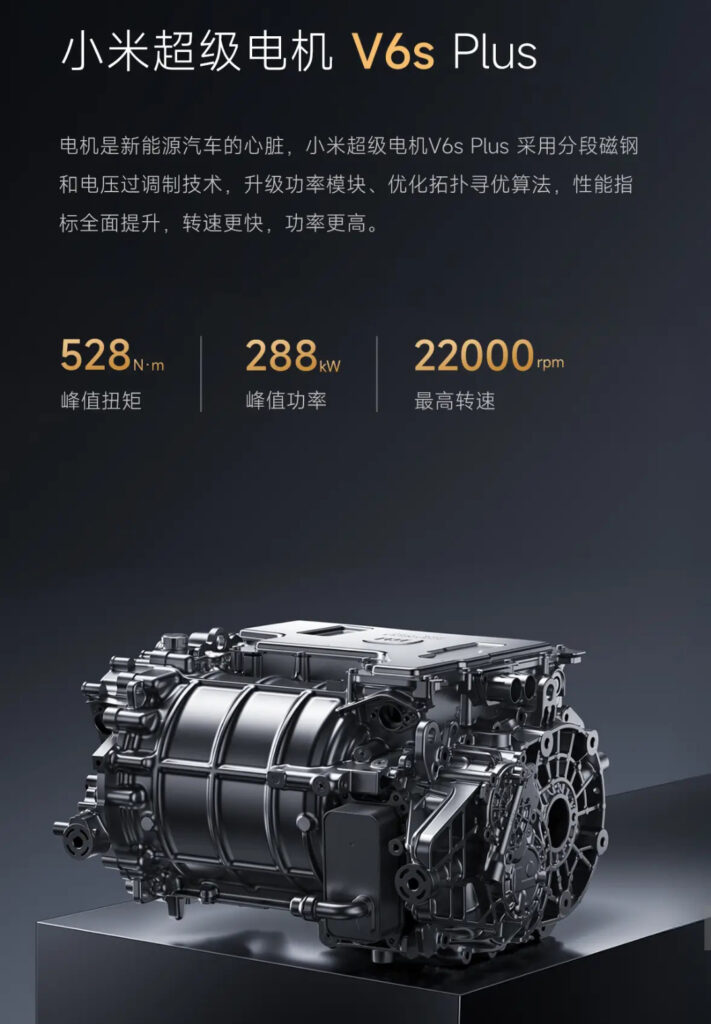
The 800-volt SiC platform boasts impressive range and charging capabilities from a pair of large batteries.
The first, a 96.3kWh LFP unit achieves a maximum range of 835km when paired with the single-motor drivetrain, while the same battery in the dual-motor Pro model boasts as much as 770km of range, both figures on the generous CLTC cycle.
Max versions get a larger 101.7kWh NCM battery with a total range of 760km on the CLTC cycle. With 5.2C fast charging, the YU7 can add as much as 620km of range in just 15 minutes.
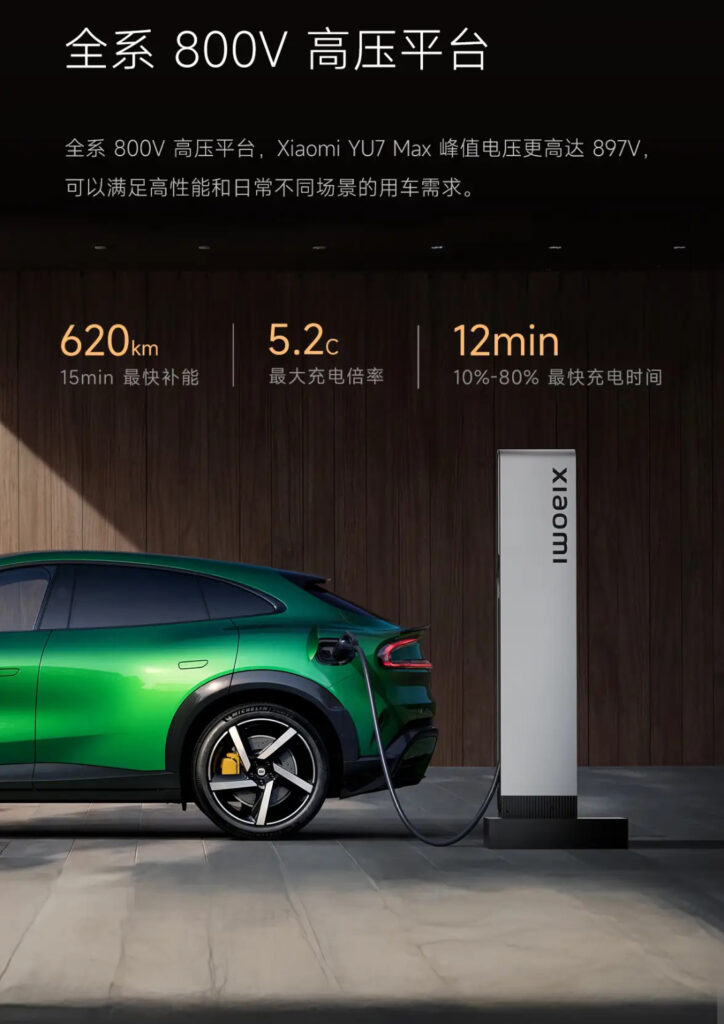
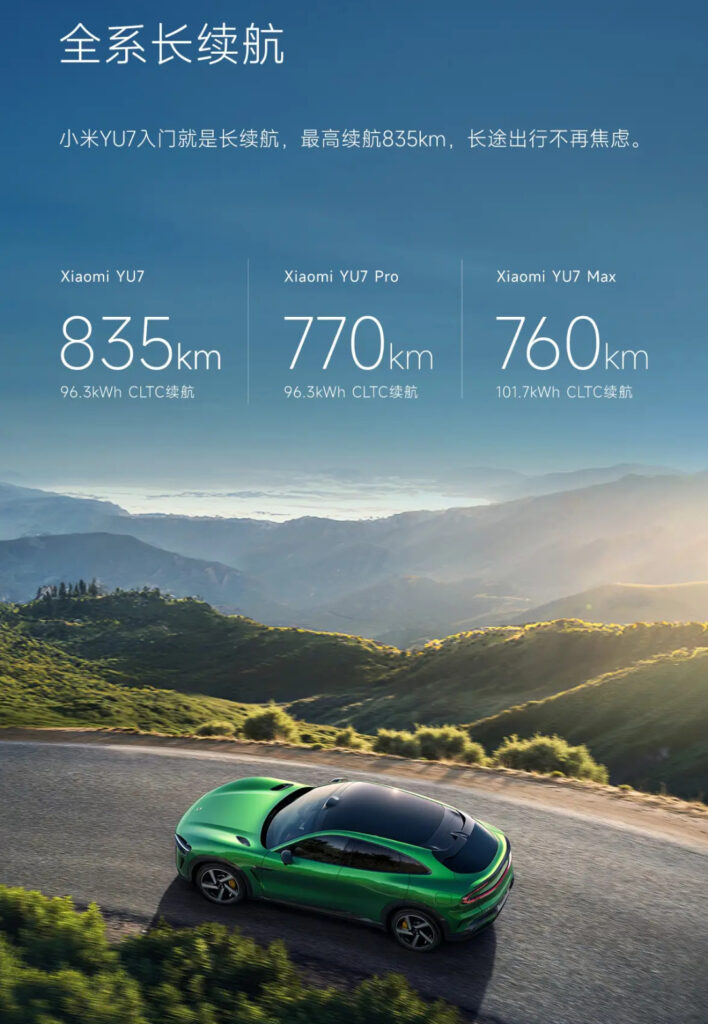
But in the light of the recent tragic incident that cost the lives of three girls in an SU7, Xiaomi was keen to place a heavy emphasis on safety in an effort the temper the maelstrom of public sentiment questioning how safe their cars are.
To this end, they talked up both the strength of the platform itself, the more than 50 passive safety tests conducted on the YU7, reinforced A- and B-pillars, and an extensive list of active and passive safety features designed to keep the YU7 out of trouble.
Lidar units will come as standard on all versions of the YU7, while the brand will adopt the NVIDIA Drive AGX Thor chip for the first time, which boasts 700 TOPS, more than double that of the Orin-X chip that came before it.
The battery too has been coated with bullet-resistant material, though to be fair battery fires have not been a pressing issue for the brand so it wasn’t an area of concern.
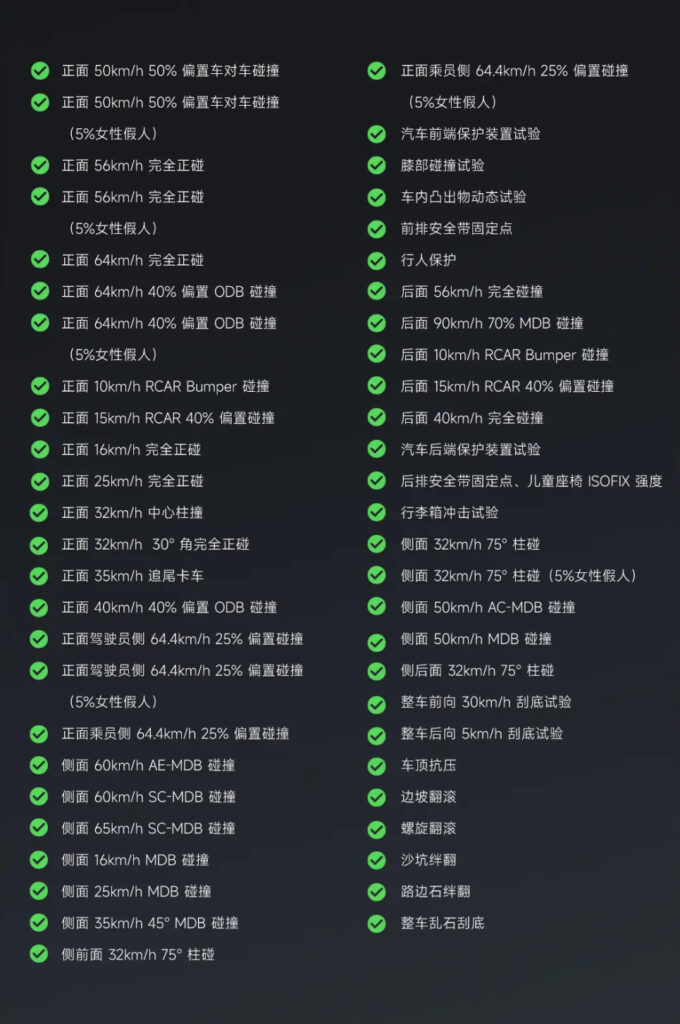
More information will no doubt be released about the SU7 in the build-up to the YU7’s official launch in summer, but in the meantime we can see some of the key highlights of the YU7 package, including plentiful storage space, a practical cabin, aerodynamic details (the car boasts a 0.245 drag coefficient), and a comprehensive safety suite.
More images
Practicality
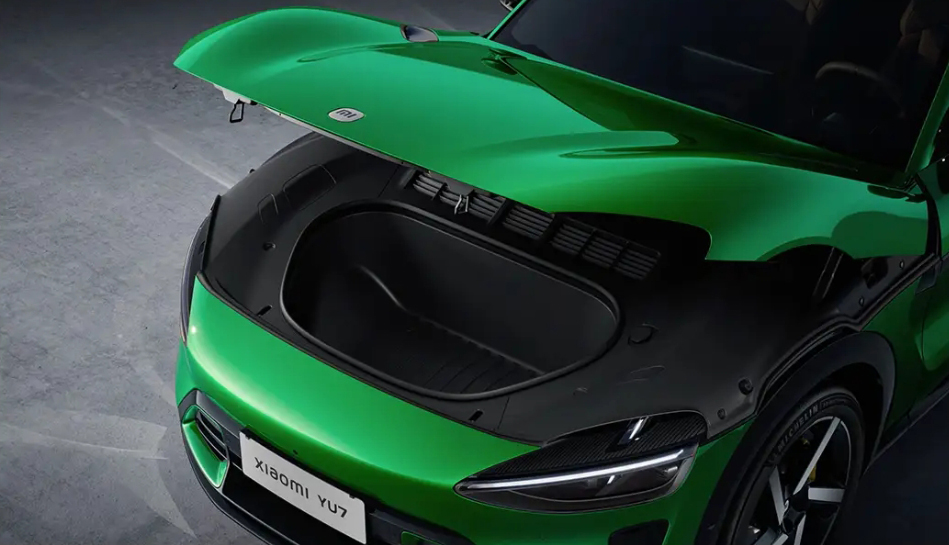
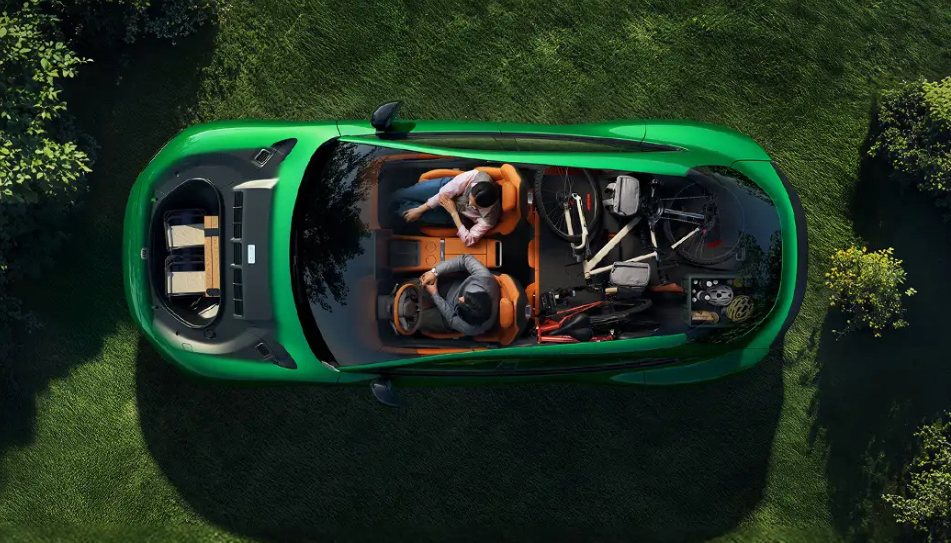


Aerodynamic
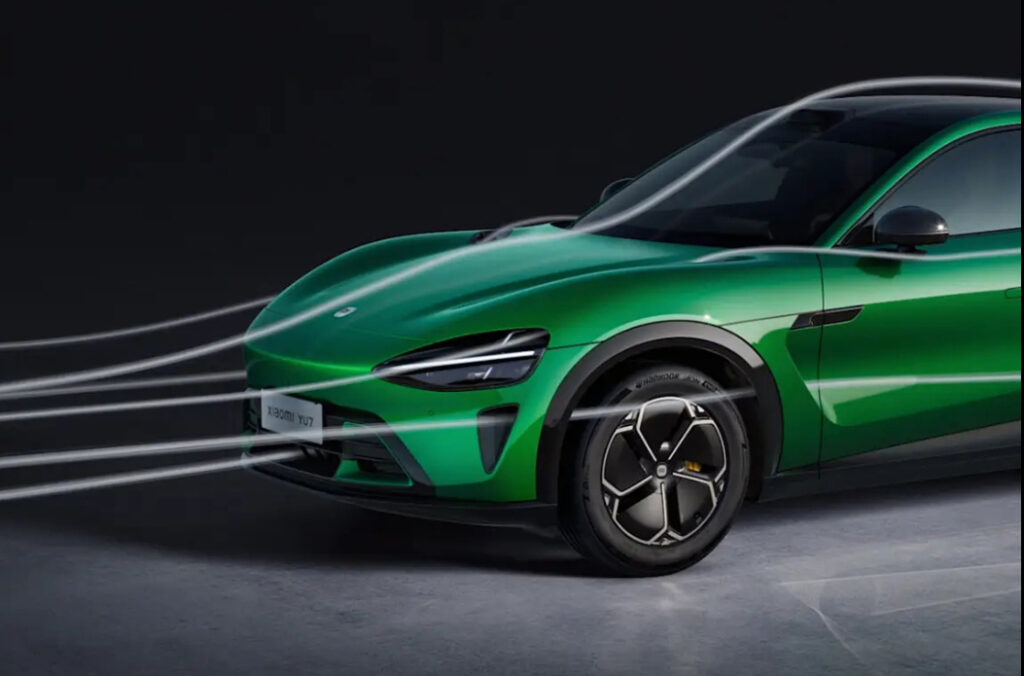
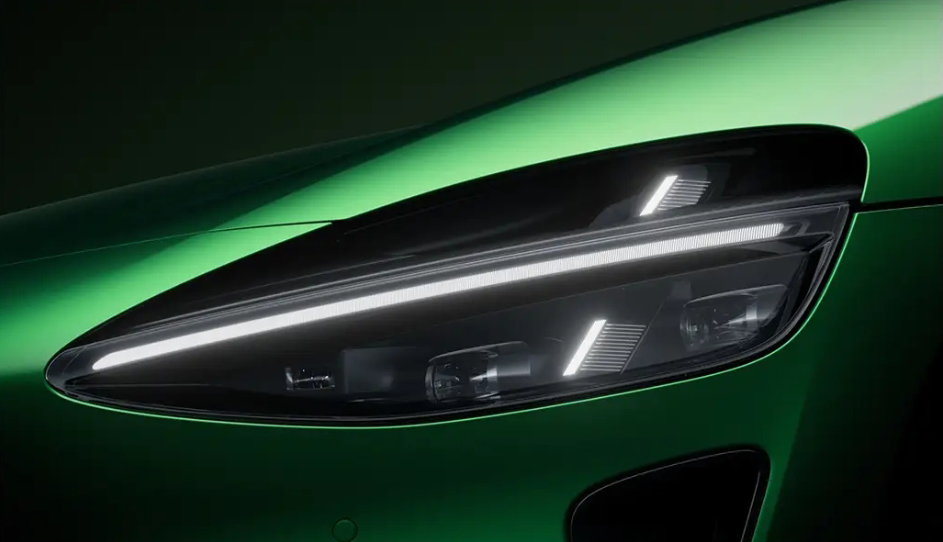
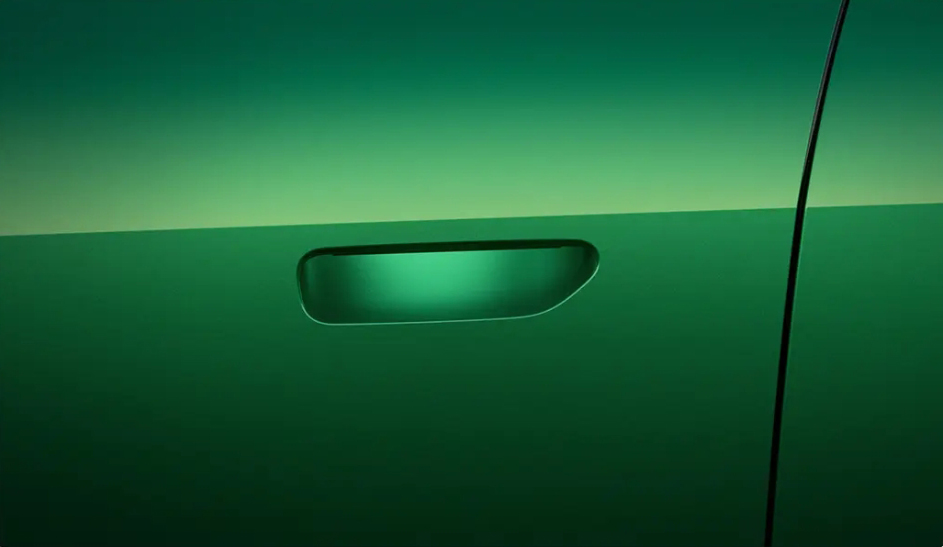
Comfort package

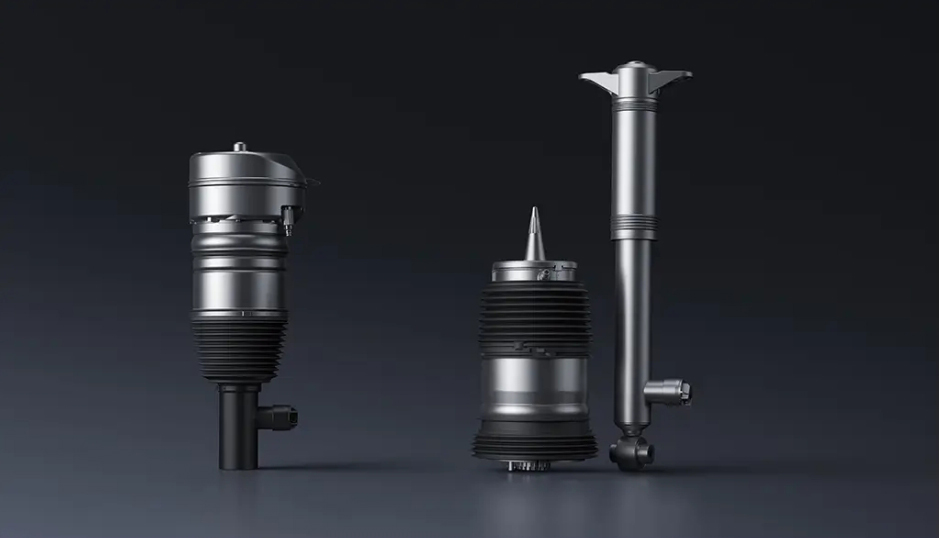
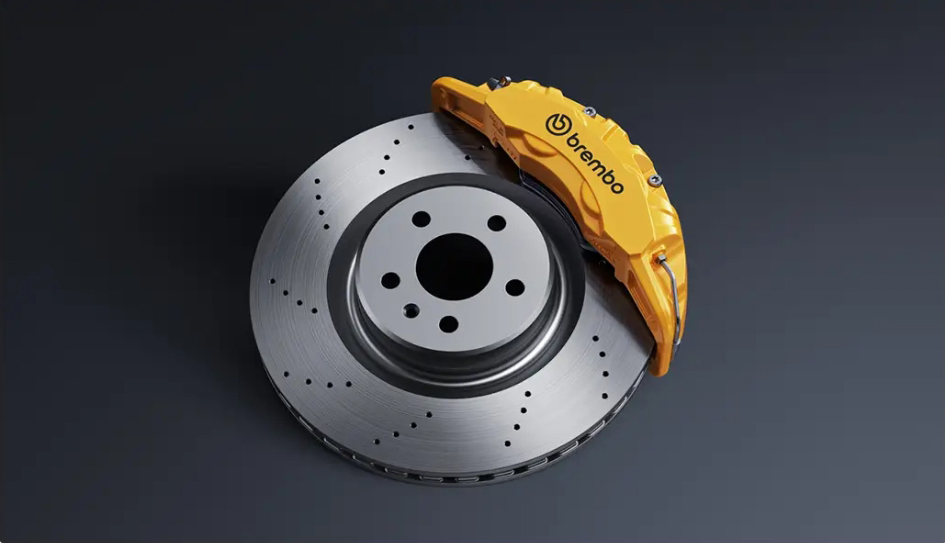
Comprehensive Safety Suite

